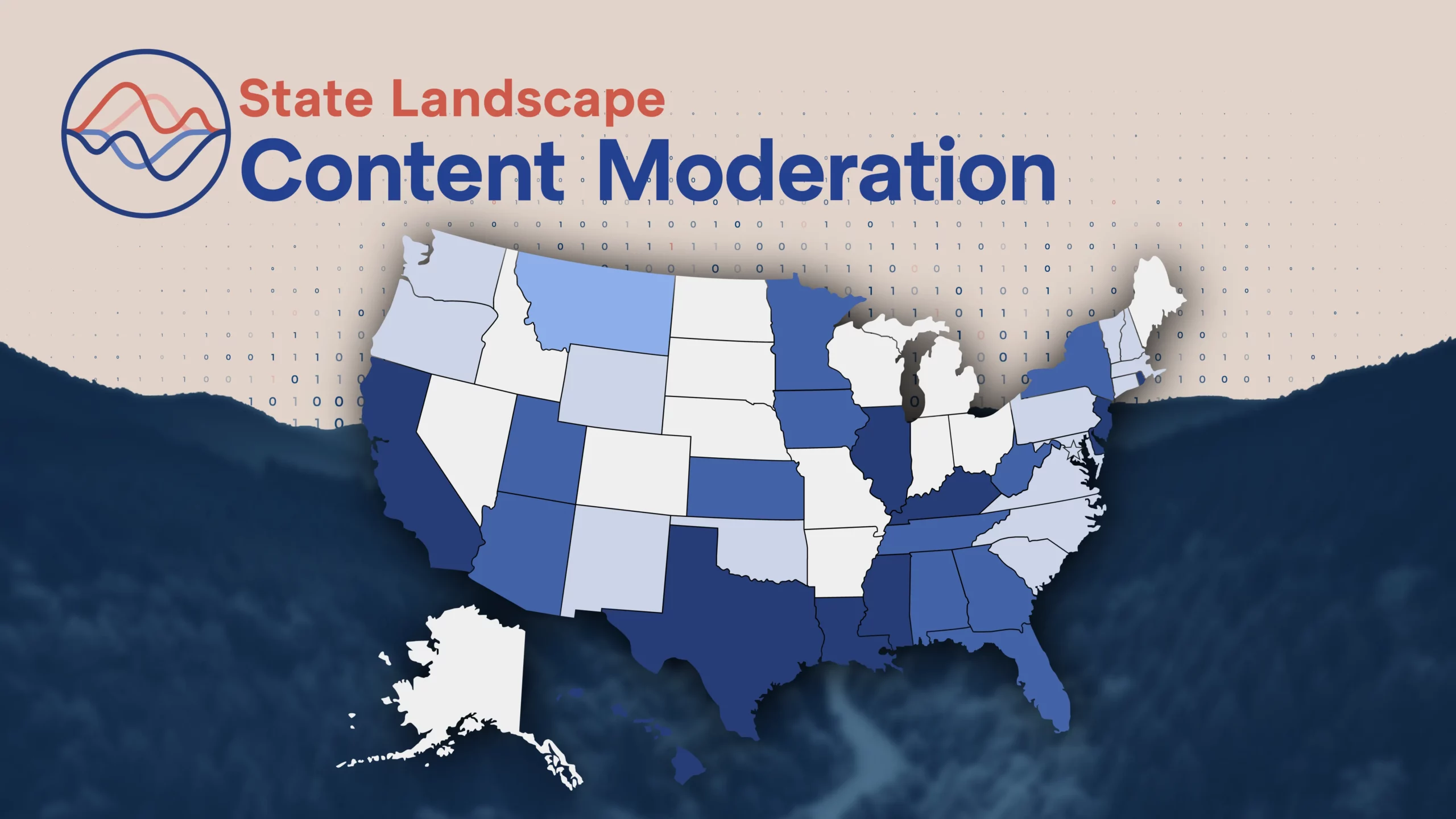IP’s “Immigration” Policy
Intellectual property is facing an “immigration” challenge, but has no immigration policy. That is, there is an increasing trend of plaintiffs discovering IP to achieve non-IP ends. The absence of any IP doctrine that can deal with this — aside from amorphous and often inapplicable doctrines of misuse — means that parties can invoke (or are counseled to invoke) the statutory monopolies of intellectual property to achieve objectives that have, at best, a tenuous relation to “promot[ing]… Progress.”
As commentators discussed the recent leak of celebrity nude pictures — at least some of which have been alleged to be “selfies” — copyright comes up frequently. Generally, the suggestion is that the victims should invoke the copyright in their photos and send Digital Millennium Copyright Act takedown claims (under Section 512) to the sites hosting the files.
This is not the first example of such suggestions: “Revenge porn” victims also want compromising pictures taken down from websites. Actress Cindy Lee Garcia, unwittingly deceived into appearing in anti-Islam film, receives death threats and wants the film purged from the Internet. Other examples of non-IP use of IP abound. For example: deposed Panamanian dictator Manuel Noriega resents being featured as a villain in a historical fiction video game. A state legislator wants superhero-costumed street performers exiled from New York city streets. In each of these cases, intellectual property is the proposed solution to unwanted activity that most objective viewers would not characterize as principally involving IP.
What is happening is that plaintiffs are migrating into IP territory. Why? In a word: remedies. When testifying before Congress on this subject in July, I briefly noted that IP remedies are so attractive that they attract plaintiffs from other areas of the law. Rather than forum-shop, potential plaintiffs jurisprudence-shop. Claimants come to IP seeking redress for concerns that they cannot vindicate elsewhere. In the physical world, immigration is usually an indication that the destination is more attractive. In fact, a large amount of migration occurs in search of better conditions, or opportunities, and the anecdotal evidence suggests that this “remedy immigration” is no different.
When it comes to remedies, intellectual property is the land of opportunity. Robust injunctions, sweeping doctrines of secondary liability allowing recourse against parties other than the wrongdoer, statutory damages, and the availability of rapid DMCA takedowns all encourage plaintiffs to reframe various misdeeds (or perceived misdeeds) as infringement complaints. In a world with a general uniformity of remedies, there would be little reason for plaintiffs to seek out greener pastures, but when the remedies are unmistakably stronger in another area of law, plaintiffs have a natural incentive to reframe their claims to take advantage of them.
This should be grounds for concern. Legislation separates legal concerns into different categories for a reason. Legislators expect (at least implicitly) that claims will stay put, unlike people. This ensures that similar disputes are adjudicated similarly. Should a particular area of the law deny plaintiffs a particular remedy, this isn’t necessarily an accident. Indeed, it may be a very deliberate choice of the legislature, but because the plaintiff is the master of his or her complaint, the particular nature of claims advanced may be malleable, and can be shaped to fit the best remedies.
These cases are most evident with respect to copyright. In the case of the celebrity photo leak, some commentators have explicitly argued that “copyright is the answer.” But at least some of the photos at issue in “Celebgate” are apparently not selfies, and absent a rather peculiar assignment of rights, copyright will not provide an answer to a leak or revenge porn case where the victim was not the photographer. This rule — seemingly arbitrary in the privacy intrusion context — is a sine qua non of copyright. Copyright contemplates that it is the author’s human expression embodied in a work (no monkeys please), not the subject of the work, which merits federal protection. In the case of naked selfies, it is only happenstance that these are one and the same. This is one of various “mismatch” problems inherent in using a statute that exalts publication for the purpose of suppressing information.
Nevertheless, a wronged victim will take what remedies they can get. Indeed, a competent lawyer who overlooks creative approaches to the client’s problem isn’t doing his or her job. Thus, when law enforcement declines to bring prosecutions against jilted exes posting revenge porn, plaintiffs look elsewhere. Courts have allowed somewhat similar copyright claims to proceed; if law enforcement won’t help but copyright will, the plaintiff concludes, so be it.
Thus, in the 2012 case Monge v. Maya Magazines, Inc., for example, a Latin American celebrity sued for copyright infringement following a gossip magazine’s publication of leaked photos from her secret wedding to her manager. (“Valuing their privacy, and Monge’s image as a young, single pop singer, the couple went to great lengths to keep the wedding a secret,” the court noted). The wedding photos at issue were not even taken by Monge or her husband, but rather the employees of their Las Vegas chapel; the rights in the photos were not even assigned to the plaintiff until after the lawsuit had been filed.
Notwithstanding this wrinkle, a federal appellate court decided in favor of the celebrity Monge, rejecting Maya Magazine’s defense that the publication of the photos should be considered news reporting, and therefore fair use.
The widely discussed ‘Innocence of Muslims’ case follows a similar arc. Cindy Lee Garcia appeared briefly in an anti-Islamic film, by her account unwittingly, and under deceptive circumstances. To make matters worse, her performance was dubbed over with lines viewed as blasphemous by many Muslims, and when the film was publicized it was met with worldwide outrage, and death threats. In an effort to suppress the video from YouTube and Internet distribution, Garcia sued. In a controversial ruling that roiled the entertainment industry, the court held Garcia could suppress access to the film by virtue of her possessing a copyright in her brief performance in it. (The decision was described as “boneheaded” and “sucks rotten eggs.”) An amended opinion didn’t resolve the controversy on this perplexing ruling, with some characterizing the Court as having “doubled down”; the case remains under consideration.
Both Monge and Garcia represent efforts to use post hoc IP claims to suppress information from the public. While the circumstances may make for sympathetic plaintiffs, no one seriously thinks the litigation is about authorship. This is why it is so odd that the weapon of choice to suppress content is a statute aimed, ironically, at encouraging publication.
Many Internet-related cases, like Garcia, appear to be driven by the availability of DMCA takedowns. While the DMCA may provide temporary takedown relief in some cases, it is unclear if recipients of such requests will honor them, knowing that the claimant is unlikely to proceed with registering the work and litigating. A copyright litigant must file their work with the Office to proceed to district court because it guarantees that the U.S. Government has a record of precisely which work it is granting monopoly privileges, and it ensures that when copyright expires, the now-public domain work is actually available to the public. But for someone suing over long-ago deleted photos, this may not be possible. In any event, it would certainly be undesirable that the first step in suppressing information is depositing it with the Library of Congress. And ultimately (at least in theory), the embarrassing pictures will enter the public domain. (Query whether a new argument in support of perpetual copyright term extension will be to keep naked celebrity selfies out of the hands of the gawking public.)
The “immigration” issue is not solely driven by the desire to invoke the DMCA. In a case noted by Georgetown law prof Rebecca Tushnet, a New York State legislator urged that businesses holding the rights to comic book superheroes should act against New York “panhandlers” performing in copyright-protected costumes, who allegedly drove away theatre-goers. In another, oddball example (called to my attention last week by Sherwin Siy), a Canadian artist allegedly created and sought copyright protection for outdoor art installations on his land to deter oil and gas drilling construction under easement — by increasing the potential compensation he would be due to prohibitive amounts. None of these cases is really about IP, but if, as Prof. Tushnet suggests, the only tool you have is Captain Hammer, then every villain looks like a nail.
Copyright may experience this problem more than other aspects of IP, but it isn’t alone. As I noted at the outset, there are publicity rights examples, and trademark as well. My next post will consider these examples, and whether we should seek out solutions to this issue.
[Update: Part 2, exploring flag-burning, publicity rights, trademark, and potential solutions to ‘immigration,’ is available here.]








